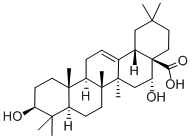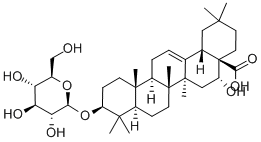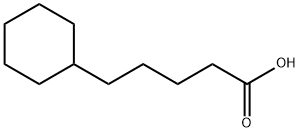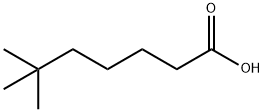PRODUCT Properties
| Melting point: | 299-300°C |
| Boiling point: | 585.0±50.0 °C(Predicted) |
| Density | 1.14 |
| storage temp. | 2-8°C |
| solubility | DMF:30.0(Max Conc. mg/mL);63.46(Max Conc. mM) DMSO:PBS (pH 7.2) (1:2):0.33(Max Conc. mg/mL);0.7(Max Conc. mM) |
| form | powder |
| pka | 4.43±0.70(Predicted) |
| color | White |
| LogP | 7.580 (est) |
Description and Uses
Echinocystic acid is a triterpene that has been found in G. sinensis and has diverse biological activities. It induces nuclear translocation of the glucocorticoid receptor (GR) and reduces TNF-α-induced NF-κB signaling in HEK293 cells overexpressing GFP-GR. Echinocystic acid (12.5, 25, and 50 μM) suppresses RANKL-induced NF-κB activation, ERK phosphorylation, and osteoclastogenesis in mouse bone marrow macrophages (BMMs). It induces neurite outgrowth in Neuro2A cells in a concentration-dependent manner, an effect that can be blocked by the JNK inhibitor SP 600125 . In vivo, echinocystic acid (10 mg/kg per day) decreases escape latency in the Morris water maze and increases the length of neurite processes in the hippocampus of aged mice. Topical administration of echinocystic acid reduces expression of COX-2, inducible nitric oxide synthase (iNOS), TNF-α, and IL-1β and ear edema induced by phorbol 12-myristate 13-acetate (TPA; ) in a mouse model of dermatitis. Echinocystic acid also recovers reductions in femoral bone mineral density and trabecular thickness and number in a rat model of ovariectomy-induced osteoporosis.
Echinocystic Acid is a potential entry inhibitor for the HCV infection.






